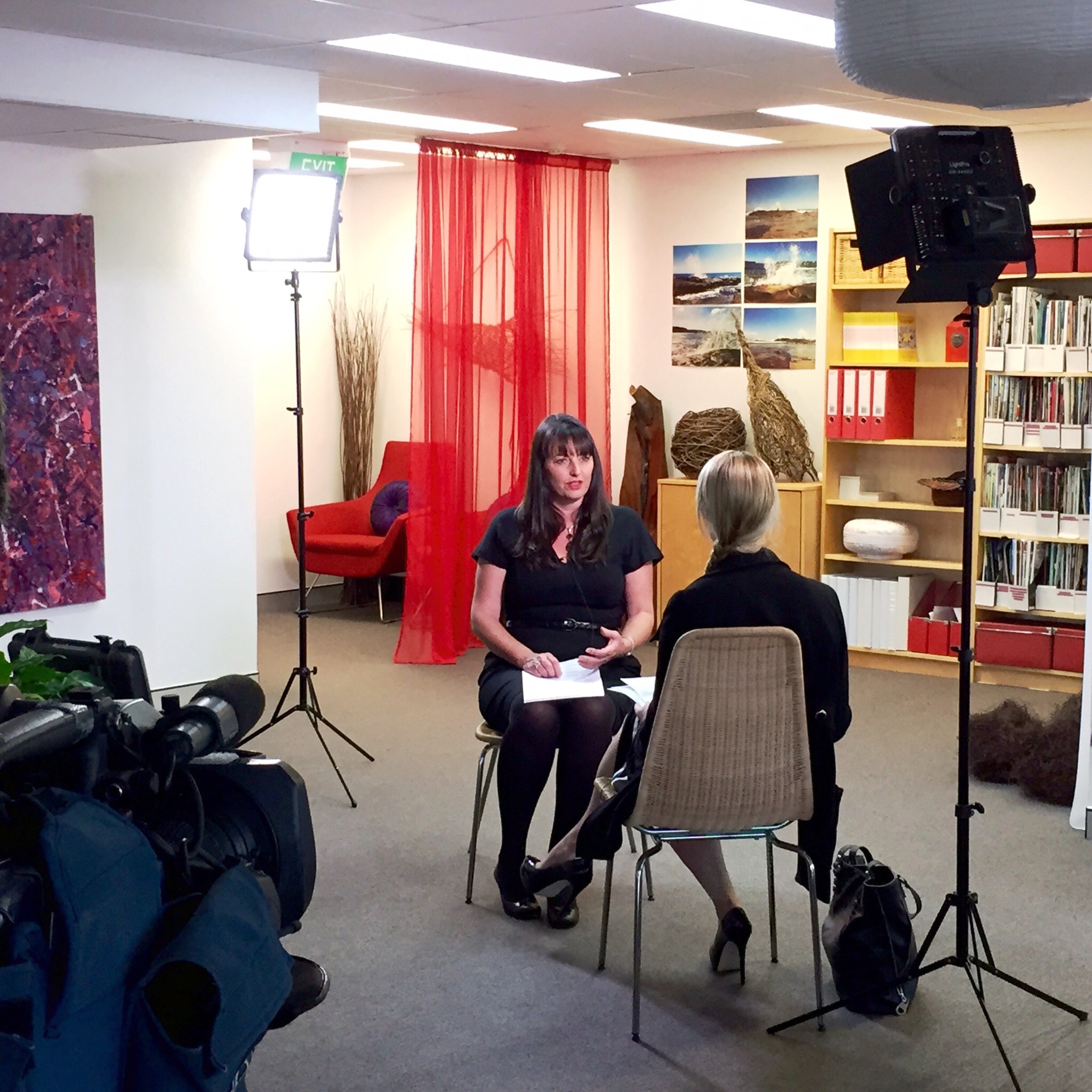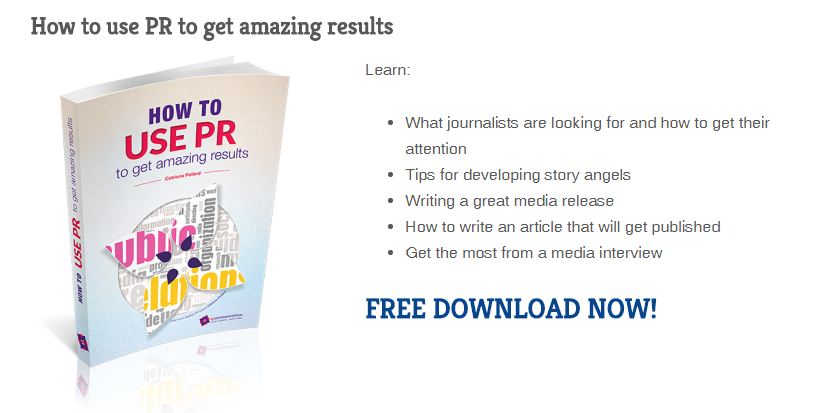4 essential tips to conquer a TV interview
A television interview can help give you and your  business great exposure in front of your target audience and also help you to visually connect with your audience. As your audience is able to see you, television can also help you build trust and let people feel like they know you as a spokesperson.
business great exposure in front of your target audience and also help you to visually connect with your audience. As your audience is able to see you, television can also help you build trust and let people feel like they know you as a spokesperson.
Unlike other media, having an interview on television means your body language, dress, background and movement can all contribute to how you capture your audience’s attention. To appear credible on television, you need to look and sound professional.
Here are some tips to help you deliver a good television interview.
Preparation is key
The best thing you can do for a television interview is to deliver a clear, concise message. For this to happen, you need to prepare and practice thoroughly before every interview.
Write out a game plan which covers key issues, possible questions, and answers for each possible question. Think about the messages you want to communicate throughout your interview. Once you have decided what these are, you will be better prepared to weave your key messages into your responses. Find out how to write your key messages here.
Practising your responses is extremely important in your preparation. Practise answering questions in front of the mirror or film yourself to identify areas for improvement. The better prepared you are, the better you will be able to get your key messages across.
Look the part
It is important to look relaxed and calm, particularly as the audience will be able to see your facial expressions. If you look and speak confidently, you will appear more credible, and if you do make a mistake, it will not be as noticeable.
Try to use slow, controlled gestures. If you are seated in a swivel chair, try not to move around. Only use hand gestures if they complement what you are saying.
Wear a simple and professional outfit. Avoid wearing stripes, checks, herringbone, small intricate designs or flashy jewellery as they can be distracting when viewed on a screen.
Be enthusiastic
It is important to speak more expressively and energetically than usual. Otherwise your recorded voice can sound monotonous. Your voice should lift and drop, and increase and decrease in volume.
It is important not to ramble. Take a moment to think about what you will say. Say it and then stop. If the journalist is quiet, don’t feel as though you need to keep talking. Keeping your answers concise will help people digest what you are saying.
If you are unsure about how to best answer a question, try repeating the question back to the journalist to give you some extra time to think about your questions. Pause instead of using filler words such as ‘um’ while thinking.
If you make a mistake, just correct yourself and move on. Don’t dwell on it.
Don’t look at the camera
Don’t stare directly at the camera or continuously shift your gaze between the journalist and the camera. This can make viewers feel uncomfortable and they may not pay attention to what you are discussing.
It is best to hold eye contact and focus on the journalist and pretend the camera is not in the room.
Interviews are an excellent way to deliver your key messages directly to your audience. Ensure you do adequate preparation for the interview, particularly if it is live television. Practising will help you feel more confident in your presentation and approach to the interview.
For more tips on media interviews try reading this blog.
Want more PR tips? Download this FREE ebook:
Sydney Public Relations Agency, CP Communications provides specialist media, traditional and online PR strategies that get amazing results. Contact us today. For more PR tips see www.PublicRelationsSydney.com.au
